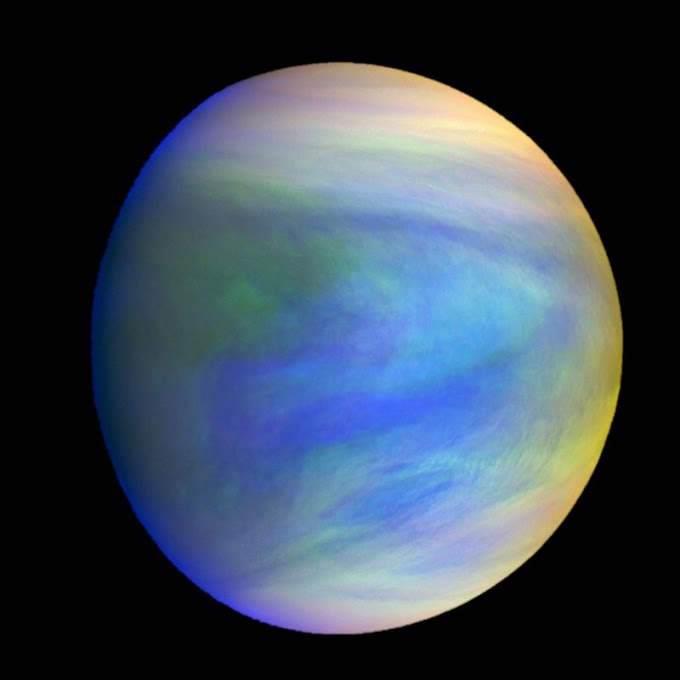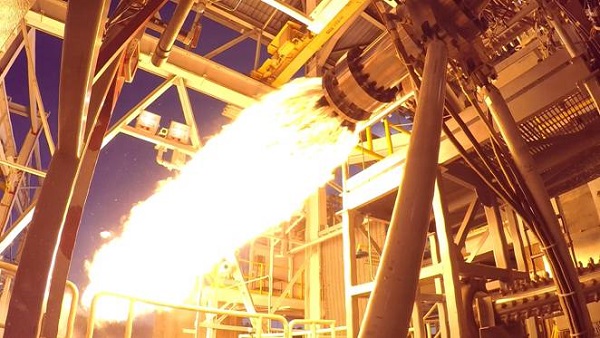Hello Rocketeers, welcome back to another article of Basics of Rocketry series. In the last chapter, we looked into some basics of rocket fuels and also checked out the advantages and disadvantages of using solid propellant for rockets. In this chapter, we would be looking at different components of a typical solid rocket motor and propellant grain structure.
Components of a Solid Rocket Motor
Every solid rocket motor used consists of a few basic components which are - (i) casing (ii) propellant grain (iii) nozzle and (iv) igniter. Each every solid rocket motor used would have these components present in them to launch the rocket into space.
CASING
The case is the structure which holds the propellant mixture and is the most structurally important part of the motor. Since solid rockets produce higher magnitudes of thrust, the chamber pressure during combustion would also be very huge. The casing must be designed to withstand these huge pressures and temperature differences and also be sufficiently light enough. This makes the design of casing a challenging feat to achieve without errors.
In model or amateur rocketry, the propellant is stored inside a cardboard tube which acts as the casing of the motor for low thrust motors. There are some motors which use different materials but the most popular one is still cardboard. In modern rocketry, low-cost solid motors are manufactured out of high-resistance steel. Later on, advancement in composite technology has allowed engineers to use composite materials with filament winding like glass fiber, kevlar etc., which can withstand huge pressures without losing structural integrity.
 |
| A section of the steel casing of Space Shuttle Solid Rocket Motor Credit: The Leonardo Museum |
The first stage of ISRO's PSLV is one of the largest solid rocket motors in service right now and is made up of maraging steel, whereas the third stage of the PSLV, which is a solid rocket motor has a Kevlar-polyamide fibre case.
 |
| Hoisting of Third and Fourth stages of PSLV-C21 during vehicle integration Credit: ISRO |
PROPELLANT GRAIN
The propellant grain is where the real action happens. From what we have read in the previous chapter, solid rocket motors lack some important options which a liquid engine has, like restart capability, throttling etc. In order to work-around this hurdle, engineers found a way to improve the efficiency of the solid rocket motor by adjusting the placement of propellant inside the casing. Early solid rockets were end-burning, means the case was filled with propellant and the end was lighted to produce thrust.
Later on, engineers found that by introducing 'bores' or in simple terms - a tubular cavity inside the propellant filled casing would produce more thrust than one without a bore. Modifications followed aided by years of studies and now space agencies rely on propellant grain structures to utilize the maximum energy out of the motor.
There are three major types of burning in solid rocket motors.
 |
| Pressure v/s Tie plot for the different kinds of burn Credit: Rocket Propulsion Elements by George P. Sutton |
- Neutral burning - In this type of burning, the chamber pressure, thrust and burning surface area remain approximately constant during burning.
- Progressive burning - In this type, the pressure, thrust and burning surface area increases with burn time
- Regressive burning - as the name suggests, the pressure, thrust and burning surface area reduces with burn time
 |
| Different propellant grain configurations Credit: Rocket Propulsion Elements by George P. Sutton |
Different propellant grain configuration has different burn characteristics and engineers use this to choose the suitable grain configuration for their application.
NOZZLE
Nozzle is another crucial element of the solid rocket motor which makes the rocket fly. After the combustion process inside the chamber, the hot gases produced from this combustion must be accelerated to a very high velocity to produce thrust. The rocket obtains the thrust to move forward from expanding these hot escaping gases out through the nozzle, which converts the pressure energy to kinetic energy, and in turn produces thrust! This must be enough to say how much of crucial part the nozzle is and the design of nozzle is also challenging due to multitude of factors. A convergent-divergent nozzle is used in rockets to create thrust, the details of which we would cover in another article.
 |
| Different types of nozzles used in rockets and missiles Credit: Rocket Propulsion Elements by George P. Sutton |
IGNITER
The igniter provides the necessary energy for the propellant to start burning. There are three stages to this:
- Initiator: Its a small pyrotechnic element which converts the electric impulse from launch control into the steady burning of a pyrotechnic substance
- Booster charge: This is a charge which would be in either powder, pellets or propellant micro-rocket that transmits the flame between the primer and the main grain
- Main charge: The main charge ignites the propellant grain.
 |
| Igniter used for Space Shuttle SRM Credit: ATK |
Trivia: In the above pic, you can see that the igniter has a lock pin which was removed manually by ground crew before launch.
That's all for this week's rocketry tutorial, come back and see next week for more interesting content!






0 Comments